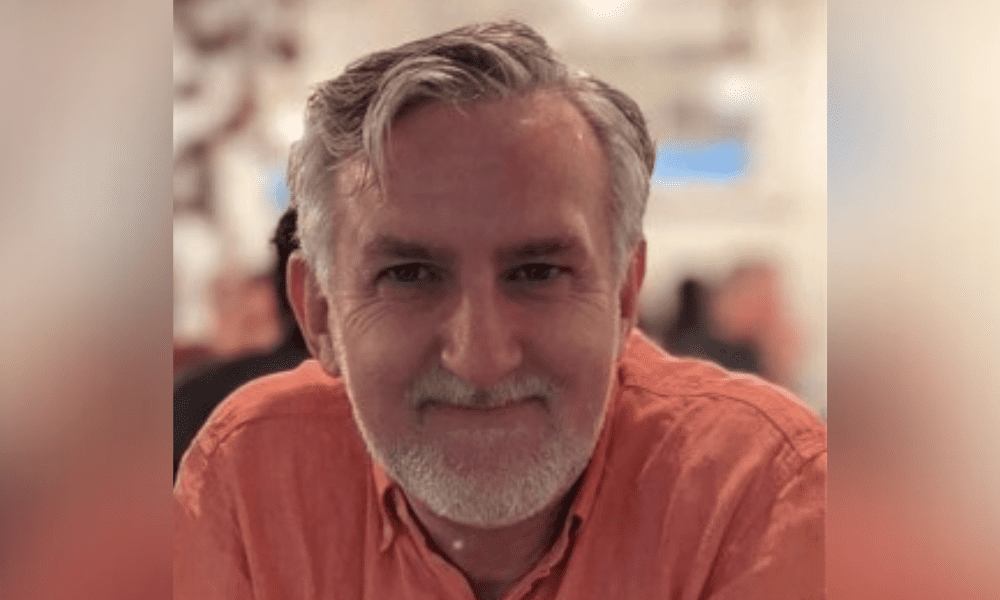How do you insure a global clinical trial?

How do you insure a global clinical trial? | Insurance Business Australia
Insurance News
How do you insure a global clinical trial?
A broker challenge in the life sciences sector
Insurance News
By
Daniel Wood
Brokers in the life sciences sector often find themselves risk managing and seeking coverages for complex clinical trials. The trials could involve pharmaceuticals, medical devices or biotechnology-based food products. One challenge – that doesn’t impact brokers as often in other lines – can be the global scale of clinical trials.
“The clinical trials themselves, to do them properly, you really need to have a good global cross section from around the world testing whatever you’re going to do,” said Alan Taylor (pictured above), director of Melbourne headquartered Taylored Insurance Solutions (TIS).
A life sciences specialist for 25 years, Taylor said this global element is important across the different areas of life sciences, including in research and development (R&D), product development and post-certification work.
Clinical trial case study
For example, one of Taylor’s clients – a Melbourne-based firm – was testing an implant for protecting the skin from ultraviolet (UV) rays. The research was aimed at helping people with skin pigmentation disorders who can suffer major health issues from UV exposure.
However, Taylor said the trial needed to be global because of the disparity between UV levels across the world.
According to the UV Index, an internationally accepted standard since the mid-1990s, the strength of UV rays in different countries is very different. Australia and countries in Africa and Latin America have some of the highest UV levels in the world. In the northern hemisphere, Norway and Finland have much lower levels.
“So for this product, one solution can’t solve every problem,” said Taylor. “They were effectively saying to us that unless you do it all around the world, you’re not actually getting the proper cross section,” he said.
Insurers and local languages
On the insurance side, the broker’s role, said Taylor, is helping insurers understand the intent of the trial.
“Sometimes we have to go back and ask a lot of questions about what the client is trying to do,” he said.
Given the global scale of trials, there are also numerous insurance policies for the broker to organise. Most clinical trials, he said, usually start in the United States or India.
“When you do a clinical trial in possibly 10 countries you have to have 10 different policies,” said Taylor. “Usually what will happen is the local CRO [contract research organisation] will control the trial and [for a medical trial] will find the applicants, sort and select them and put them onto a list.”
The CROs manage and track the trial process and in the case of medical trials, he said local hospitals often do all the administration.
“From an insurance point of view, if you’re doing 10 trials in 10 different countries then you have to have 10 different policies,” said Taylor. “You have to have the policies in the local language and currency – which can be real issues for many insurance companies,” he said.
Taylor said when he started working in the life sciences sector more than two decades ago, he came across a client involved in a global trial who had been waiting 18 months for his policies.
“The client said he never gets insurance policies because they can’t produce one for me in Italian, French or Spanish,” he said.
The client, Taylor said, could get polices for England, Australia and America but said “insurers don’t have the capability” to produce them for non-English speaking countries.
Lloyd’s and Google Translate
Taylor said he explored this language issue on a visit to Lloyd’s of London. He found that brokers were creating facilities using Google Translate to help create products and policies in different languages.
Google Translate officially launched in 2006 and this technology, he suggested, quickly became an important tool for insurers and brokers responding to the demand for policies covering global products in different countries.
“Nowadays, you can ring up an insurance company and they can do a local policy there and then as part of an umbrella program,” he said. “It’s called an umbrella placement on a local basis.”
Taylor said this could mean a global medical clinical trial can have 10 local policies across the countries where the trial is taking place, all in the local language and with local sums insured, naming the local hospital and CRO.
“Then they’ll have an umbrella policy sitting over the top of it, which says if any of those policies don’t work correctly, then our master policy will cover you – which is a really smart way of doing it,” said Taylor.
The umbrella’s master policy, he said, is often in America.
Some brokers in life sciences are also involved in finding funding for these ventures. Taylor called that “one of the tricks of the trade” and said he sticks to risk management and insurance.
Are you an insurance professional in the life sciences sector? Please tell us below about one of your projects?
Related Stories
Keep up with the latest news and events
Join our mailing list, it’s free!






